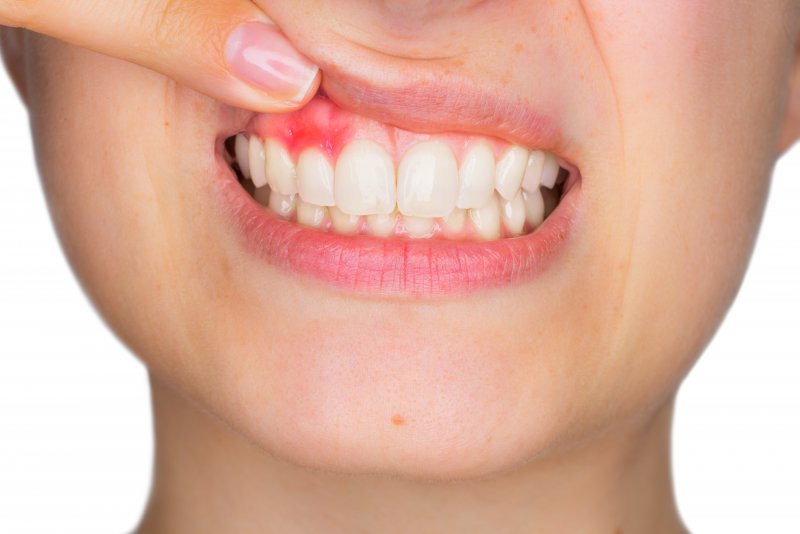Sometimes your gums give an uncomfortable feeling or sensation, but you cannot determine what it is and why it is happening. You may experience frequent pains, bleeding, infectious abscess, etc., but cannot comprehend whether it is gingivitis or gum cancer.
Although in most cases, it is gingivitis, you must not just assume it on your own. If the symptoms prolong and do not go away within a couple of days, make sure you visit a dentist in Littleton, Colorado, as soon as possible.
Dental health issues can be fragile, and if they are not treated within a safe time, they can cause catastrophic conditions. There are several reasons you might have expensive pain in your gums, which does not have to be gingivitis or gum cancer.
However, it is difficult to tell the difference since you are not a professional dentist. So, do not panic and fix an appointment with your dentist to ensure everything is okay.
Nevertheless, to avoid extra stress or panic, you must know the difference between usual gum irritations, Gingivitis, and gum cancer to distinguish and identify what is happening to you.
Gingivitis
Gingivitis has a wide range of symptoms that differ from gum cancer. However, a few symptoms are the same in both diseases; in the initial phase, neither show any signs of pain or discomfort, and a certain redness is caused, which may not be noticeable.
A prominent way to identify Gingivitis is that the person’s gums are dusky red rather than standard, primarily light pink. Moreover, Gingivitis can make your gums soft and tender, bleed, and cause swelling in them.
Gingivitis can come under control by getting your teeth a deep cleansing session at the dentist’s clinic and maintaining good dental hygiene and care afterward. A daily routine of dental care can limit the chance of Gingivitis to almost zero.
Gum cancer
Gum cancer affects a large portion of your mouth. Everything can suffer from the gum or oral cancer, from your lips to gums and the inner cheek tissue to your tongue. The reason why gum cancer is confused with gum disease is because of some shared symptoms. However, gum cancer can be distinguished by irregular patches on your gums.
If the spots are red and white, they are identified as erythroleukoplakia. In other situations where they are just red, then erythroplakia, and if only white patches represent, then leukoplakia.
If the abnormality of such patches does not disappear even after two weeks, you must immediately rush to the dentist and get your gums checked.


